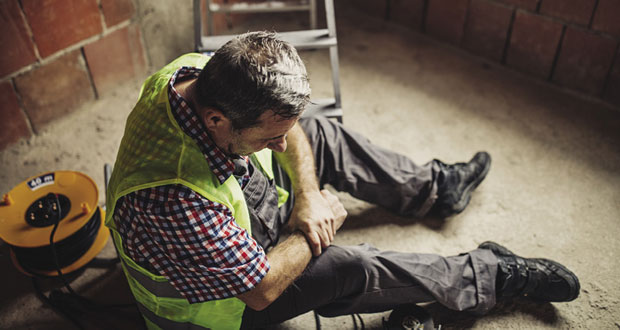Jamie Griffiths, Business Development Manager at Vitix, on the importance of ensuring lone worker protection in the FM sector
Facilities management remains one of the sectors most likely to include lone workers, whether that’s for all or just part of the role. It’s also a sector that contains a lot of variation in when and where employees are operating on any given day, and this can prove challenging for any manager who needs to keep track of these comings and goings.
Technology has moved the needle on a considerable number of areas across the industry but unfortunately, too many businesses remain static in their approach to health and safety.
Analogue solutions, paper records and old-fashioned timesheets not only steal time away from other, more productive tasks but also prevent even the best health and safety policies which ensure FM’s are protecting their workers effectively.
The same can be said for a lack of lone worker-specific protections, which can easily get lost at the bottom of the to-do list.
As the current crisis continues, it’s essential to consider more immediate lone worker protection alongside plans for protecting vulnerable workers, once social distancing and shifts to operating with fewer members of staff are no longer needed.
In the meantime, while some safety measures will cease to be as essential as they have been over the past few months, others will remain and be forced to evolve. The facilities space, in particular, cannot afford to turn back the clock.
WHO ARE LONE WORKERS?
A lone worker(i) is anyone who works away from colleagues or supervisors, whether that’s on-premises or out in the field. This often includes workers who operate outside of ‘normal’ hours, such as overnight or early in the morning, or those who are required to drive long distances as part of their job.
Facilities workers often fit into this category because they are regularly called out to jobs that require only one person on site.
Many of the risks faced by lone workers(ii) are similar to those faced by colleagues who work more closely with their co-workers, but there are a few crucial differences. These are generally categorised as environmental or social hazards, which can include (but aren’t limited to):
- Slips, trips and falls
- Handling, lifting or carrying
- Being struck by a moving object (e.g. a vehicle)
- Falls from height
- Being attacked or threatened at work
- Road accidents
- Sudden illness
Lone workers are particularly in danger should an accident happen because they are far less able to call for help or assistance. Without others working around them, possibly in remote locations or late at night, they are left extremely vulnerable.
In facilities management, this could look like an employee attending to a job at 7 pm. when no one else is around. Everyone at head office has also gone home for the night. The employee then falls from the ladder they are using, injuring themselves.
If a lone worker policy had been created before this job was carried out, it’s possible that the employee would have been able to call for help with the lone worker alarm they had been given. Even better, the device may have detected the fall with in-built sensors and already contacted the relevant parties.
LONE WORKER PROTECTION
Whether you keep your facilities management roles in-house or hire outside contractors, the legal responsibility of employers remains the same. Businesses must do everything they can to identify and mitigate the risks their workers may face, and subsequently introduce efficient ways of responding to future incidents.
It’s essential that organisations conduct a thorough risk assessment before any lone working is carried out. This is because an incident will not only put the worker in a dangerous situation but also leave the business liable if it is proven that the appropriate safety measures were not put into place.
When it comes to maintaining safety in this space, the challenge will almost always be related to effective employee management. With a significant part of the workforce working alone out in the field, keeping them safe requires the right tools.
There are a number of benefits that come from using technology to improve health and safety policies, and chief among these is the ability to take care of workers remotely across a number of sites from one single location.
Lone worker devices don’t just allow employees to call for help – they also give managers the ability to track where their employees are. This boosts the safety use case by showing responders where to go, but also aids in reporting and incident logging.
Having an automated, accurate log of incidents can be invaluable when conducting future risk assessments and revising policies. It removes the guesswork from the process, and in turn, makes any resulting policy that much safer.
The past year has forced organisations across almost every industry to re-examine their approach to employee safety, while also increasing the number of workers who are operating alone due to social distancing measures. It’s understandable that the pace of this shift may have left many workers without appropriate protections tailored to their needs.
These are just some of the reasons why it has never been more essential for facilities management to introduce lone worker protections into their health and safety policies. Without them, a part of the workforce that is only growing will continue to be vulnerable.
(i) www.fmj.co.uk/lone-workers/
(ii) https://vatix.com/blog/what-is-a-lone- worker-complete-guide-for-employers/





